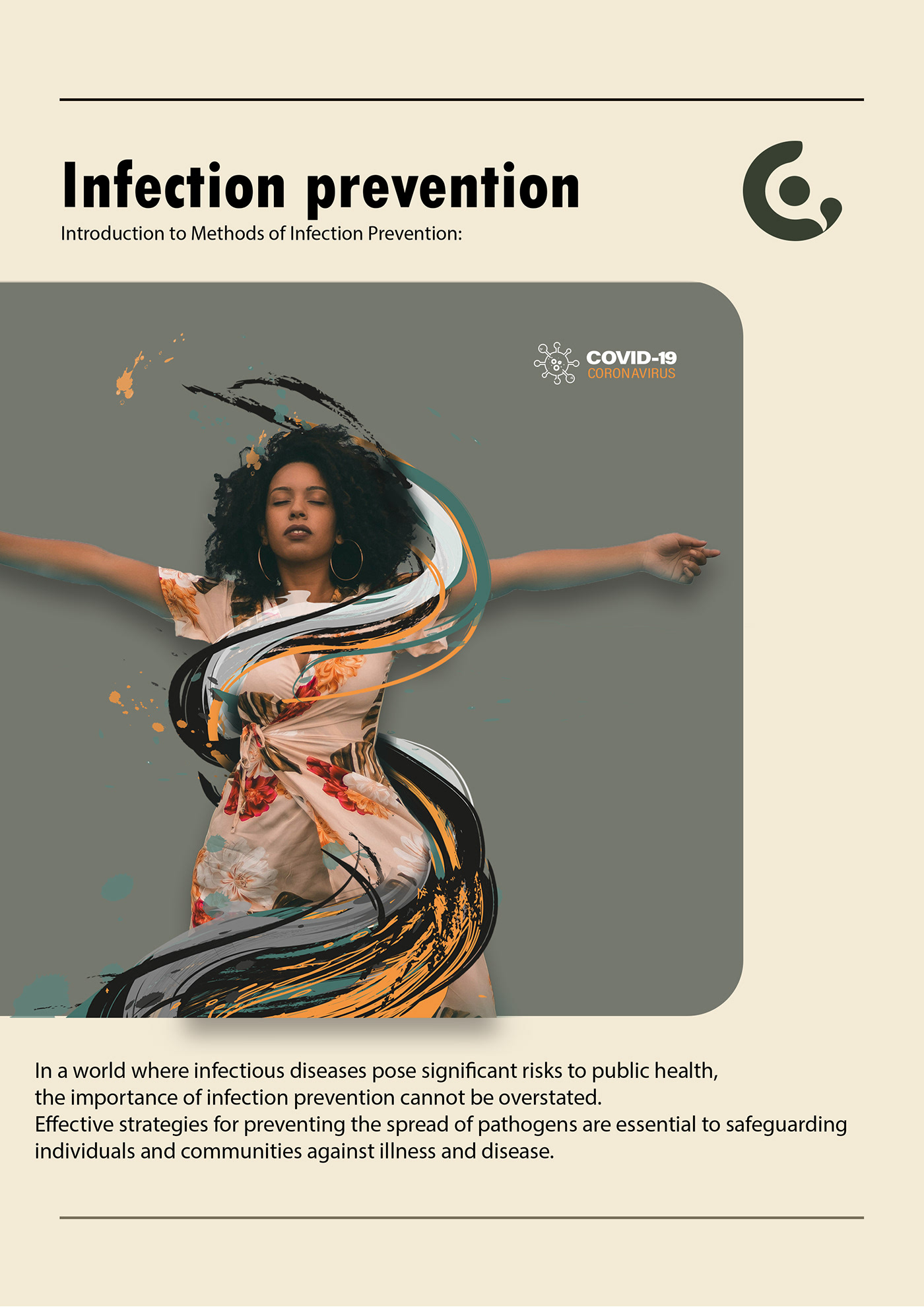
In this introduction, we explore various methods of infection prevention, ranging from simple hygiene practices to sophisticated medical interventions. By understanding and implementing these methods, we can collectively mitigate the transmission of infectious agents and promote overall well-being.
At the forefront of infection prevention is basic hygiene. Practices such as handwashing with soap and water, covering coughs and sneezes, and proper disposal of tissues are foundational in reducing the spread of bacteria and viruses. These simple yet impactful measures form the first line of defense against infection, emphasizing the importance of personal responsibility in maintaining cleanliness and hygiene.
Beyond personal hygiene, environmental sanitation plays a crucial role in infection prevention. Regular cleaning and disinfection of surfaces, particularly those frequently touched, help to eliminate germs and reduce the risk of contamination. In healthcare settings, stringent protocols for cleaning patient rooms, medical equipment, and common areas are essential to prevent the transmission of healthcare-associated infections.
In addition to hygiene and sanitation, vaccination is a powerful tool in preventing infectious diseases. Vaccines stimulate the immune system to recognize and combat specific pathogens, thereby providing immunity against infection. Through widespread vaccination campaigns, diseases such as polio, measles, and influenza have been significantly controlled or eradicated, underscoring the profound impact of immunization on public health.
Furthermore, infection prevention extends to healthcare practices and settings, where adherence to strict protocols and guidelines is paramount. Measures such as sterile technique during medical procedures, proper use of personal protective equipment (PPE), and isolation precautions for contagious patients are critical in preventing the spread of infections within healthcare facilities and protecting both patients and healthcare workers.
Advancements in technology and research have also led to innovative approaches to infection prevention. From ultraviolet (UV) light disinfection systems to antimicrobial coatings and air filtration technologies, a wide array of tools and interventions are available to reduce the risk of infection in various settings.
In conclusion, infection prevention is a multifaceted endeavor that encompasses personal hygiene, environmental sanitation, vaccination, healthcare practices, and technological innovations. By employing a comprehensive approach that integrates these methods, we can effectively combat infectious diseases and promote the health and well-being of individuals and communities alike.





